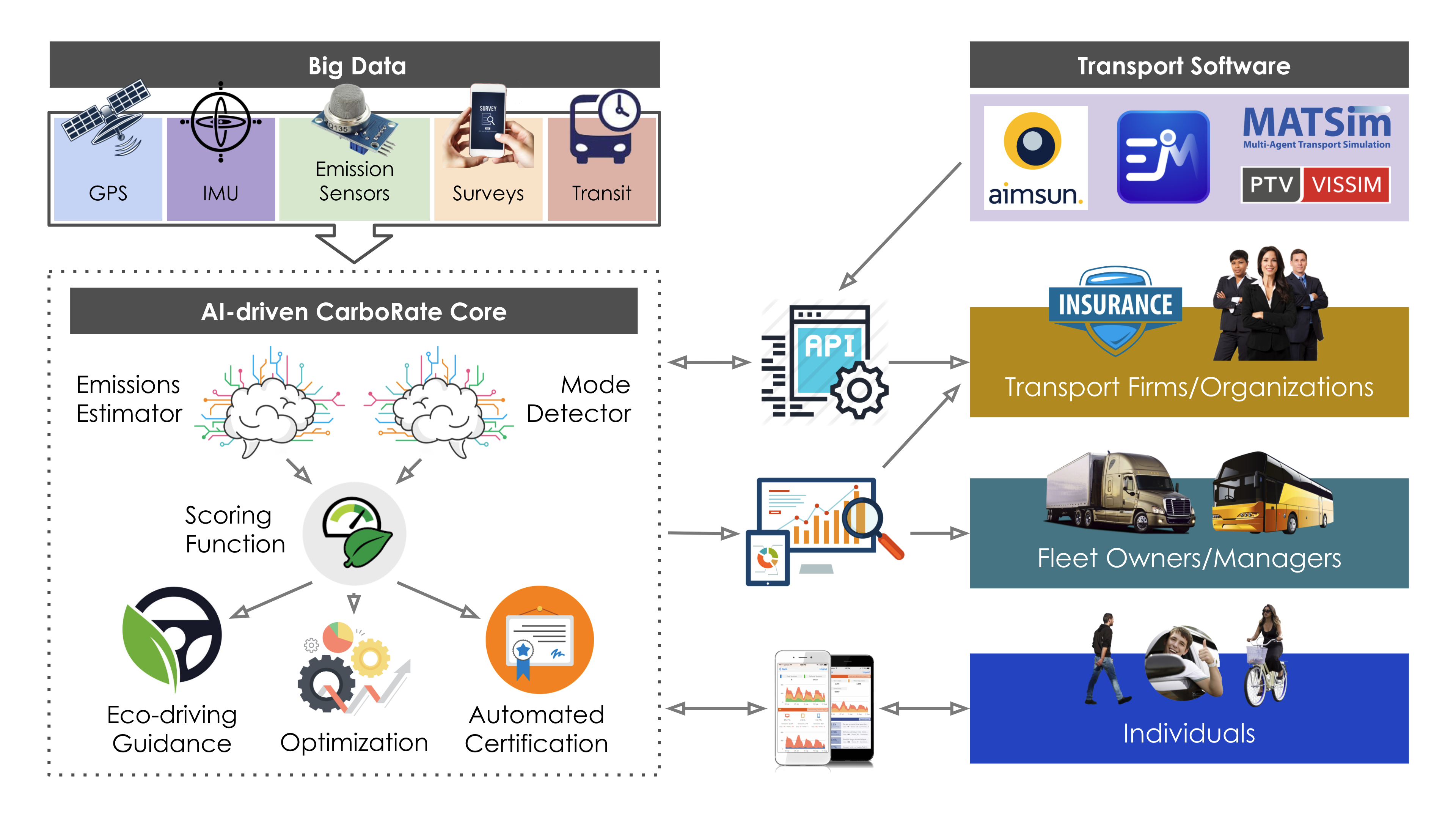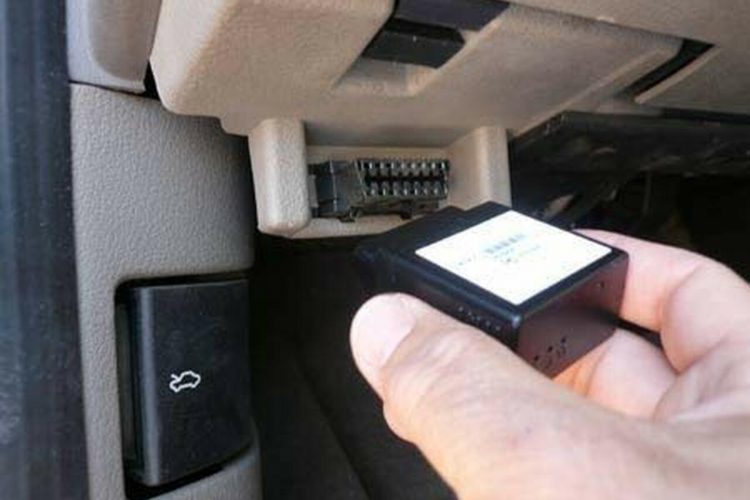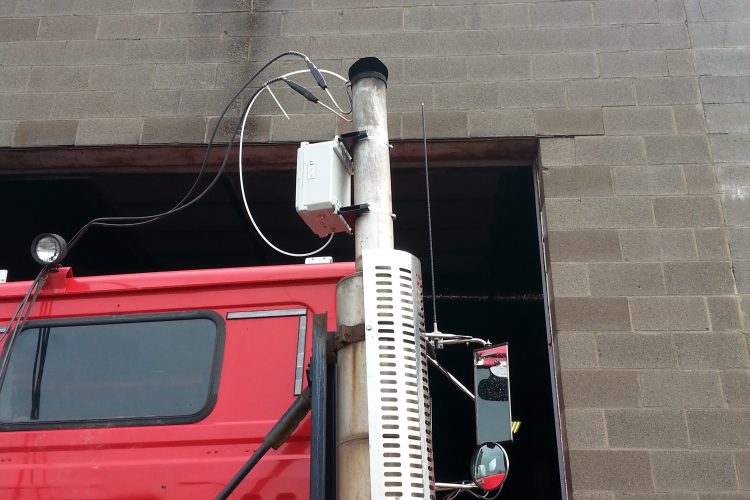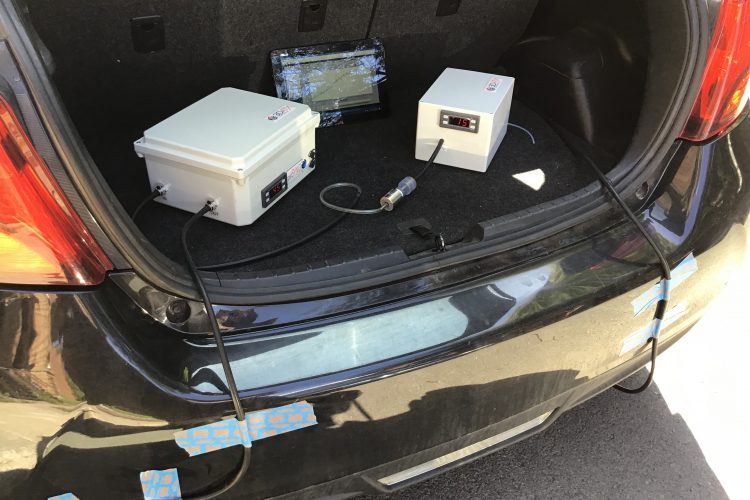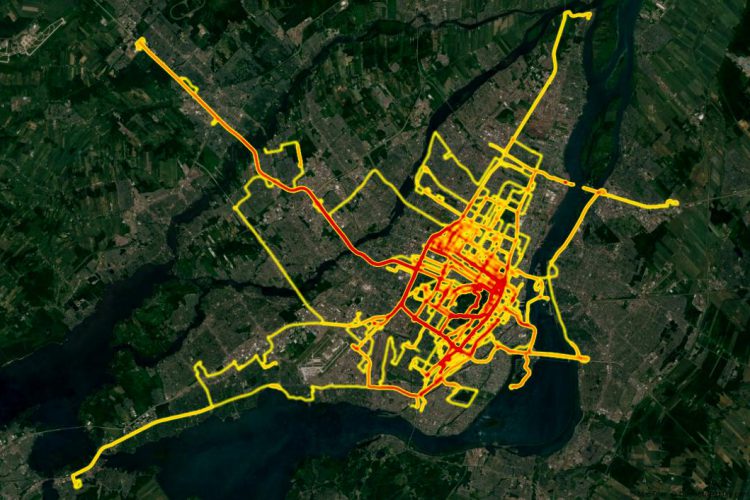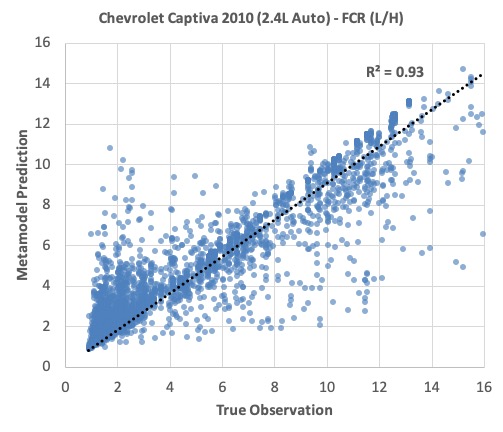Artificial Intelligence meeting
High-tech Real-world Sensing
The Architecture
One Core, Multiple Services
Combining data-driven ML models for vehicular energy and emissions estimation with AI-powered travel-mode detection algorithms, trip chains of transport agents are precisely analyzed. Quantitative reports will be provided for users at different temporal scales, which will be later translated into customized eco-driving guidelines using a complementary ML model. A common core serves fleets, transportation consulting and authorities, and even passengers and individual drivers to guide them step-by-step towards mitigation of transport emissions footprints.
How Data is Collected?
State-of-the-Technology Sensors
The CarboRate core models are trained using high-accuracy data collected through real-world experiments on vehicles from different sources including GPS/IMU measurements, OBD-II engine-operation logs, second-by-second tailpipe emissions measurements using Portable Emissions Measurement Systems (PEMS), General Transit Feed Specification (GTFS) data, vehicle-/driver-specific surveys, and rich GIS information regarding the transport networks' characteristics.
What Type of AI We Deploy?
Advanced Time-Series Models
Thanks to the huge amount of data we have been continuously collecting since 2017, advanced vehicle-specific time-series models are trained for micro- and meso-scale energy and emissions footprint estimation. The spatial and temporal domain of models' applications are then extended using ensemble learning and Generative Adversarial Network (GAN) algorithms. The quantitative estimates of base models are finally translated to human-understandable language using our AI-powered recommender engines for eco-driving guidance and generating optimization strategies.


